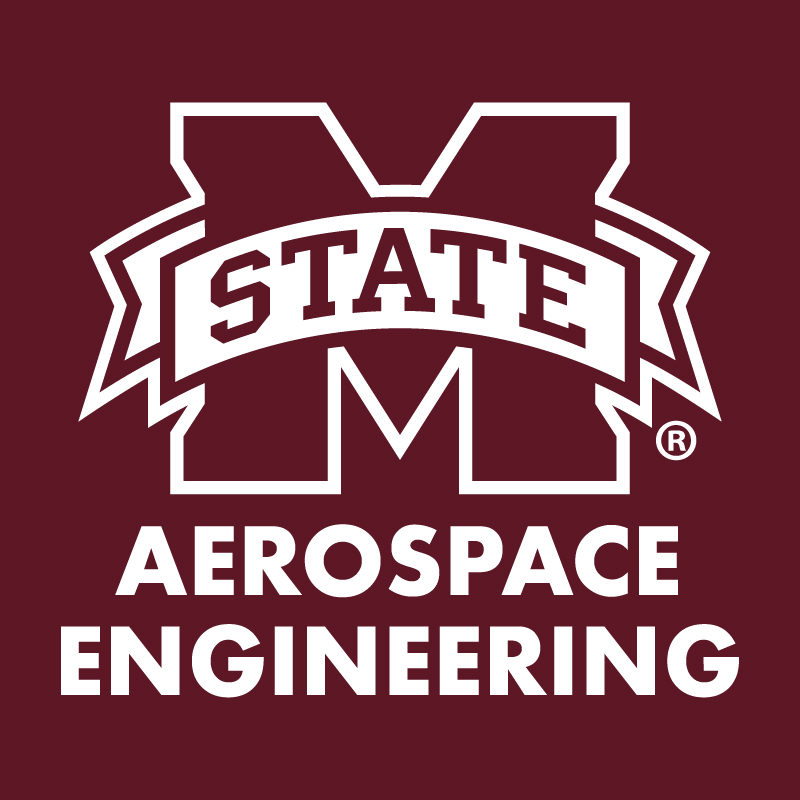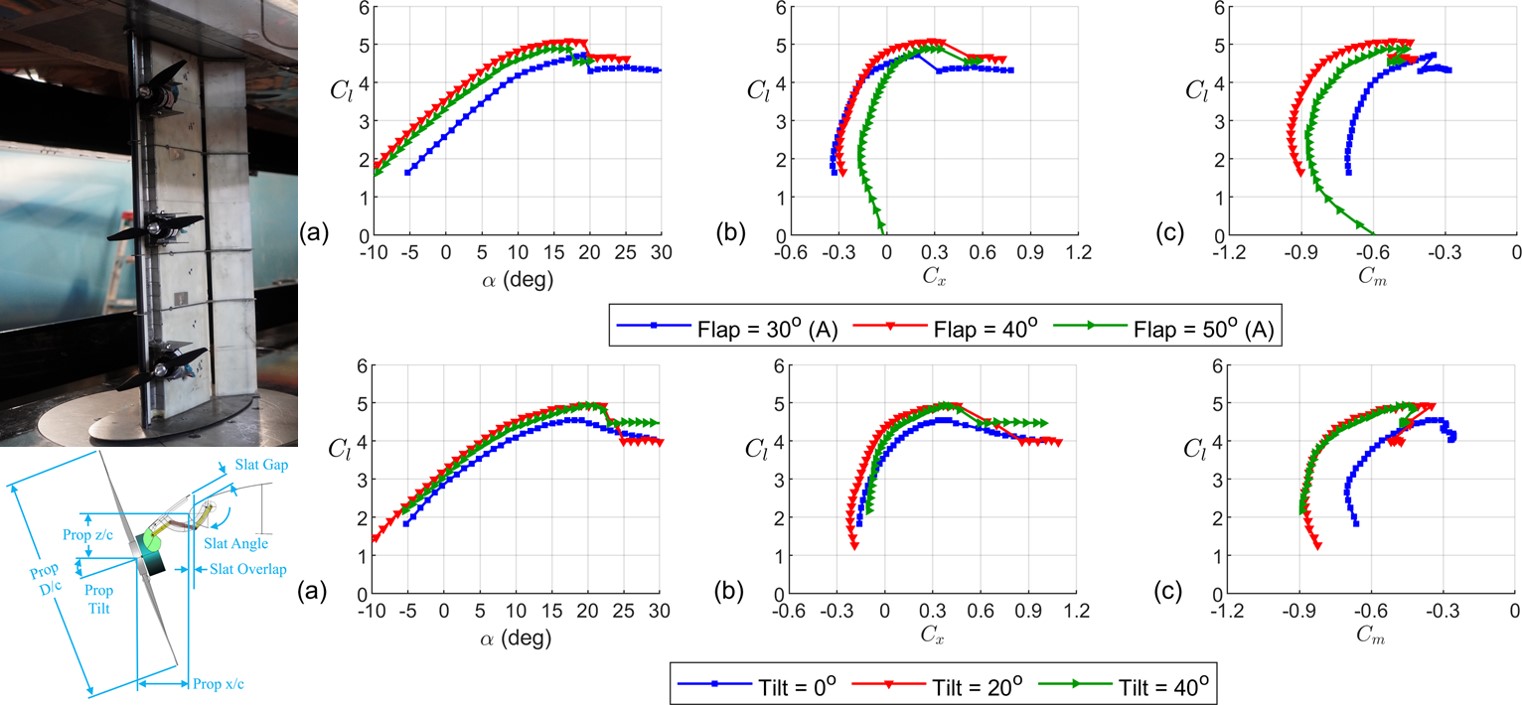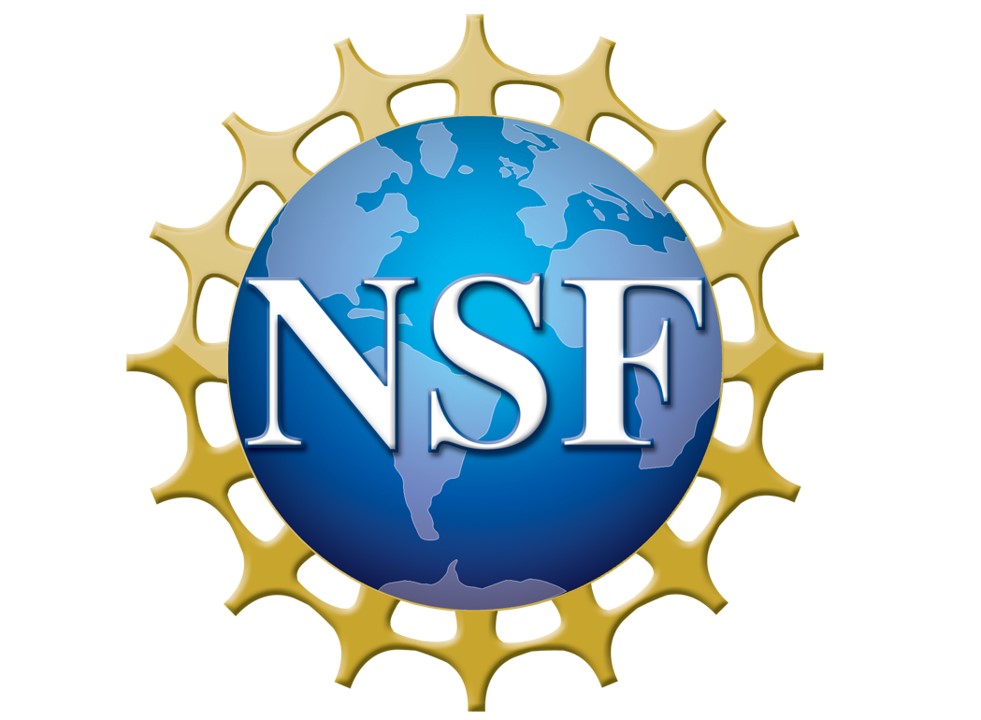
Aerodynamic Characterization of Distributed Electric Propulsion Wings

Recent technical advancements and research have generated substantial interest in electric and hybrid-electric aircraft for Advanced Aerial Mobility. The favorable aero-propulsive interactions of Distributed Electric Propulsion (DEP) are a key enabling technology for many advanced configurations, and thus an area of significant interest for academia and industry. Use cases include increasing wing loading for cruise efficiency, super Short Takeoff and Landing (STOL) aircraft, tilt-wing and deflected slipstream Vertical Takeoff and Landing (VTOL) aircraft, and even new wing-in-ground effect aircraft. Leveraging the NSF- and NASA-funded research to establish proof-of-concept for a new form of of blown wing lift augmentation, wind tunnel testing is currently ongoing to understand the complex flow physics of the propeller-wing interactions in DEP systems. This research will identify key 2D design trends and tradeoffs in propeller size, location, tilt, slat position, and design for multidisciplinary optimization. A parallel aim is to establish the experimental model as a Common Research Model (CRM) and provide the generated data to the aerospace community.
Publications:
- Ward, B., Deters, R. W., and Narsipur, S. (2024) "Experimental Analysis of the Integrated High-Lift Propulsor," Proc. of the 2024 AIAA SciTech Forum, AIAA Paper 2024-1508. | doi: 10.2514/6.2024-1508
Funding Support:


